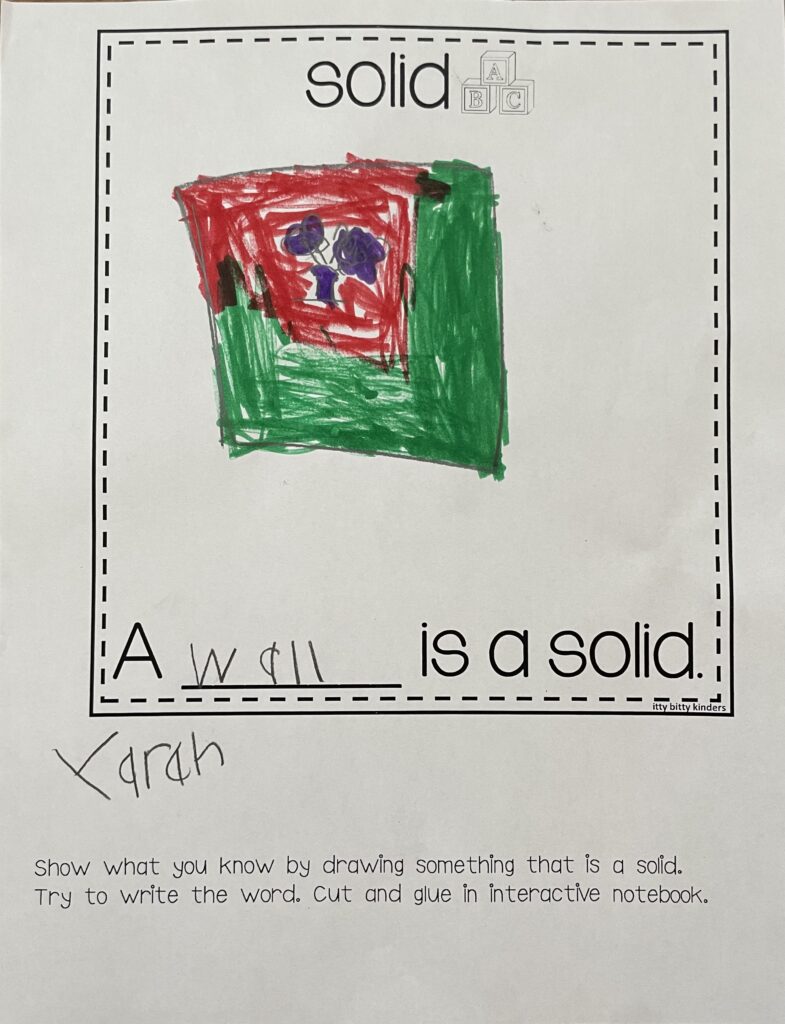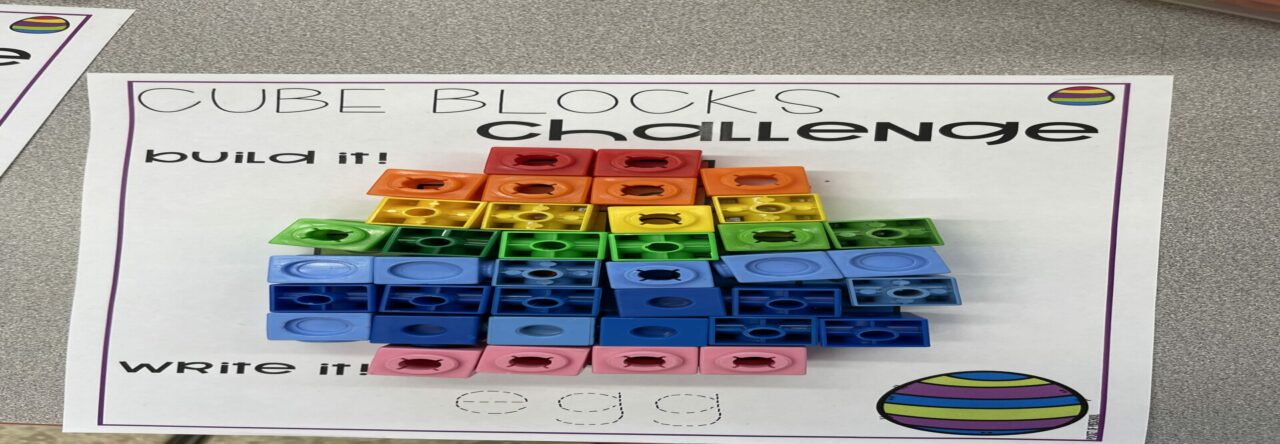Self-Regulation in Assessment
The phases of self-regulation are; forethought, planning, and activation, where students choose/learn about the focus of their work. The next phase is monitoring, where students use evidence of their own understanding or level of aptitude to measure their progress and track how it is going. Then control, where teachers and students make choices about what activities to engage in for further growth and accomplishment. The final phase is reaction and reflection, where students consider all aspects, their drive, environments or contexts in which they learn, and what strategies help or get in the way. When starting this chapter on Student Investment I assumed self-regulation had to do with emotions, however, I do see the value of these phases in the classroom.
Some examples of the phases embedded in classroom practices, which do not need to be practiced in order, are; forethought, planning, and activation, here teachers and students talk about learning goals and post them along with progressions. Another example is in the monitoring phase, where students and teachers analyze assessment evidence to determine progress by identifying learning strengths and next steps to grow which provides feedback.
The reaction and reflection phase is the most interesting to me after reading. It can prove to be very useful in the classroom as so much of good teaching has to do with reflection “What could we do next time to improve instruction so all students can understand?”. With reaction, we as teachers need to be able to have instructional agility, and the ability to react calmly to a situation and see that change is needed. I think this area is a good place to begin and try to become proficient.
Dylan Wiliam – YouTube – Assessment for Learning
https://www.youtube.com/watch?v=hiu-jY-xaPg
Dylan Wiliam – YouTube – Assessment Strategies
https://www.youtube.com/watch?v=YcJdZGz6ifY
Dylan Wiliam – YouTube – Formative Assessment
https://www.youtube.com/watch?v=sYdVe5O7KBE
Assessment: The Bridge Between Teaching and Learning – from Voices in the Middle, Volume 21, Number 2, December 2013
https://www.ncte.org/library/NCTEFiles/Resources/Journals/VM/0212-dec2013/VM0212Assessment.pdf
Opinion of Assessment in Elementary Schools
The role of assessment could be finding out how much of the material students have synthesized, evaluated, and applied content knowledge. I think that assessment is essential both for the teacher, the students, and the parents. It is an indicator of where the students are at in school and in each subject. We as teachers should also vary the assessments in how they are delivered to meet each student’s learning needs. Students also should be allowed to take the test/assessment again. They may not have been having a good day, or nerves just got the better of them. Even though students get passed through each grade throughout elementary, assessments and exams should be introduced and presented positively regardless of how well they are doing academically. If a student struggles with writing down test answers, we could also verbally do the test. The teacher asks the student the question, and the student responds, then the teacher writes the answer down. There is so much emphasis negatively put on testing. However, if we can talk about them to see our progress and be allowed to try again (even if you received an excellent mark), it could make.
Sample of Assignment & Rubric

Properties of Matter Rubric
| Level | Classifying | Explaining | Applying |
| 4 | Classified all 3 according to their properties. | Accurate labelling and complete description of 3 states of matter and gave examples | An example or story makes a real-world connection and is supported with details |
| 3 | Classified 2 according to properties | 2-3 pictures of the states of matter are labelled and accompanied by a sentence | Gives an example story about matter, making areal world connection |
| 2 | Classified 1 according to properties. | Sees only 1 contrast between solids, liquids, and gases | An example or story of matter is given but does not make a real-world connection |
| 1 | Cannot classify matter according to their properties | See no relationships between the states of matter | Cannot apply matter example into their life |
